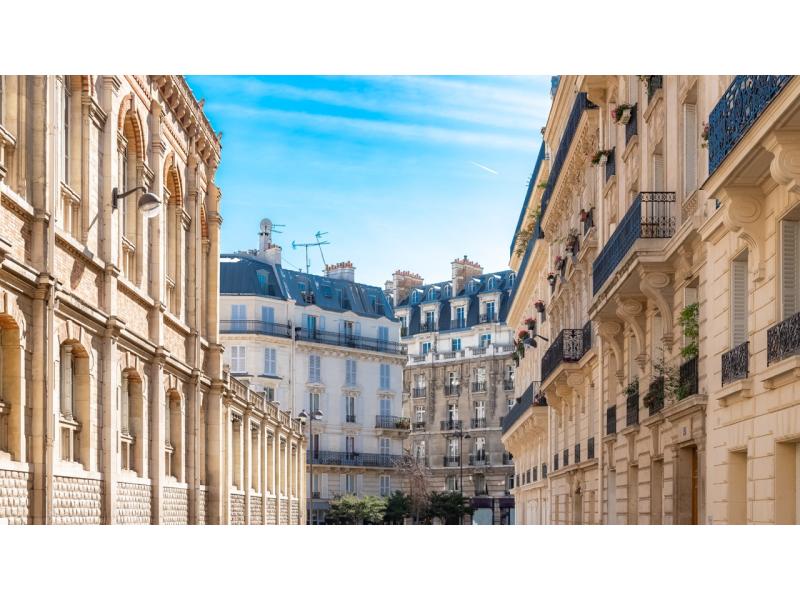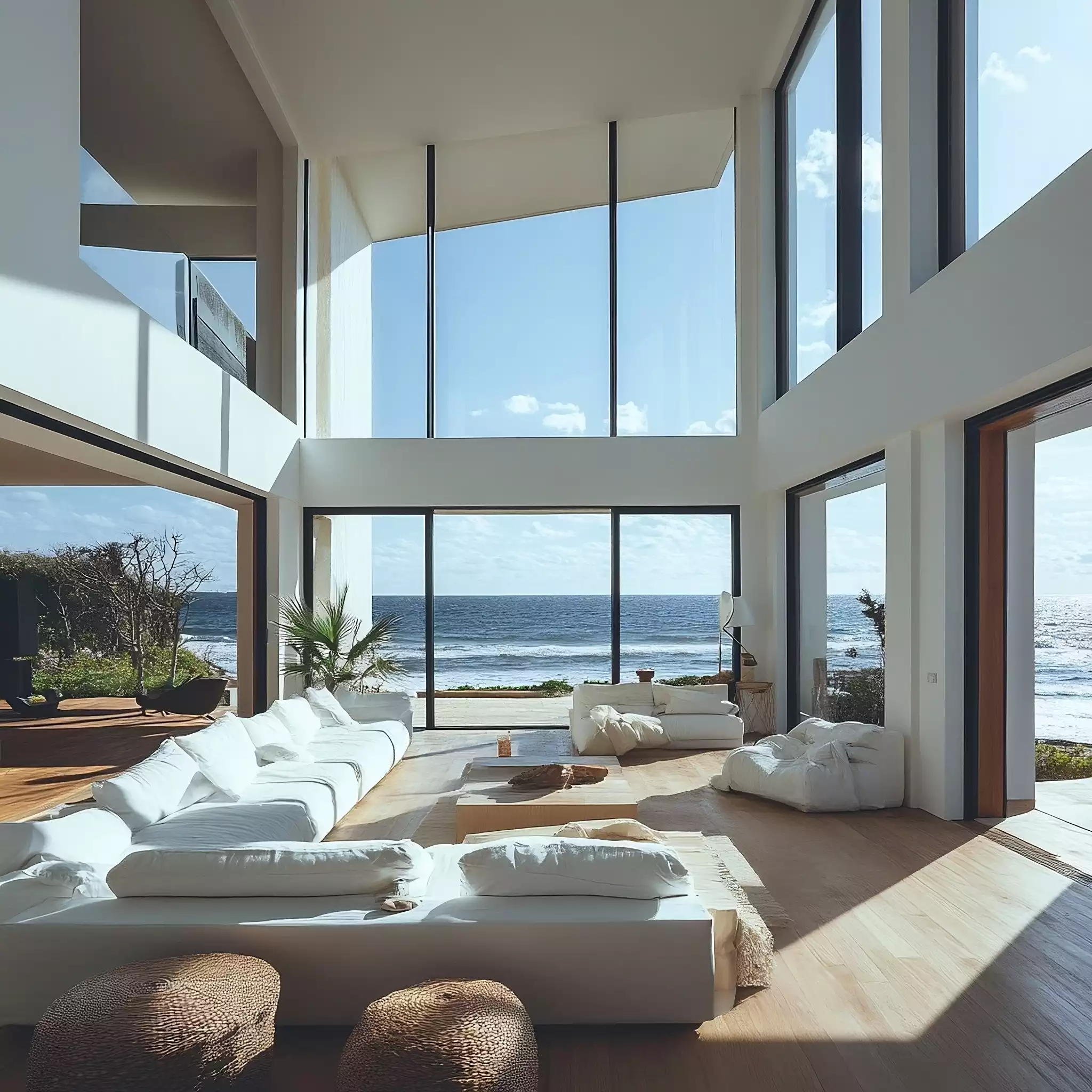Few arrondissements escaped the influence of Baron Haussmann, and the 17th is no exception to this rule. Georges Haussmann, who was appointed Prefect of the Seine by Napoleon III in 1853, was tasked with making Paris the most beautiful capital in the world! The 17th arrondissement, the appeal of which fluctuated for a while as it experienced the development of working-class neighbourhoods and forced gentrification, now finds itself at the heart of what can only be described as a property cult. Nowadays, it is the place to be for wealthy families looking for greenery and problem-free circulation between the chic districts of western Paris, and at prices substantially lower than those in the Golden Triangle for equivalent and even better amenities, given the greater choice of schools here. It’s hard to give an accurate average price per square metre since the arrondissement is home to so many micro-neighbourhoods, each with its own personality and clientele, but prices seem to range from €11,000 to €13,000/m2 for a Haussmann-style family apartment with no major flaws.

Prestigious 3 level house with outdoor patio - La Baraka
3-storey house with outdoor patio - La Baraka, ideal for families
At the upper end of the market, the 17th arrondissement, it has to be said, is home to some pretty grandiose architecture; indeed, even the Parisians themselves tend to forget that of the 12 avenues running off Place de l'Étoile, four are located in the 17th arrondissement (the even numbers on Avenue de la Grande-Armée, as well as Avenues Carnot, Mac-Mahon and Wagram). The arrondissement also boasts a large number of squares inherited from Baron Haussmann, such as the current Place du Maréchal-Juin, measuring 130m (425ft) in diameter, and the pentagonal Place de Wagram, at 70m (230ft) wide. Between 1860 and 1913, the vast majority of buildings in the 17th arrondissement were built to the same architectural and planning standards. Stone façades, wrought-iron balconies and sculpted cornices reign supreme in this ‘new town’, which was widely decried by its contemporaries before it was idolised by the whole world!
The 17th arrondissement is divided into four major neighbourhoods, namely Batignolles, Monceau, Ternes and Courcelles. This division is rooted in the city’s past, when the dozens of villages that now make up the municipality were separate and often rural, somewhat lost in the middle of fields or woods. Starting with Batignolles, which belonged to the commune of Clichy prior to the Haussmann days. The area began to develop during the First Empire, with the construction, by the Société des Entrepreneurs Navarre et Rivoire, of small country houses with little gardens, followed by large blocks of flats designed to house the less well-off. Batignolles, with its well-preserved village feel, has experienced a true resurrection since 2019 with the creation of a new eco-neighbourhood built around the capital’s new Palais de Justice courthouse, a bohemian El Dorado of bistros, designer boutiques and a wide array of terraces. In terms of real estate, Batignolles is now a focal point of the north-west Parisian property market for young couples and (not overly) large families, with older apartments rarely exceeding 100 or 120m2 (1,076 - 1,290 sq ft). In 1830, the villages of Monceau and Batignolles had a population of a few thousand, most of very humble origins. Ternes became part of Neuilly following the Revolution, before transitioning to a third, more peaceful incarnation as part of the municipality of Paris. The origins of the Courcelles neighbourhood, now bordered by the Rue and the Boulevard with which it shares its name, stem from the boundaries of Parc Monceau, which was pretty huge before the Pereire brothers divided it up in 1860. Incidentally, Boulevard de Courcelles also marked the boundary between Paris and neighbouring villages in the days of the octroi system. When the fortifications were demolished it was divided in two, with the even numbers now belonging to the 17th arrondissement and the odd numbers the 8th. The district’s focal point, the Rotonde de Chartres, on the edge of Parc Monceau, is one of the four surviving gates of the old Parisian octroi wall.
As far as property is concerned, anywhere in the 17th arrondissement is a pretty safe bet both for buying and renting since demand for its bourgeois apartments, which are very popular with the French clientele, is very high.
The 17th arrondissement offers a unique mix of calm, green parks, and city convenience. From Batignolles to Ternes, it’s perfect for buyers seeking to invest in Paris property with a local feel. Expand your horizons with luxury homes in the 1st, 2nd, 4th, 8th, 9th, and 16th arrondissements, all featured on our Paris Rive Droite investment guide.


